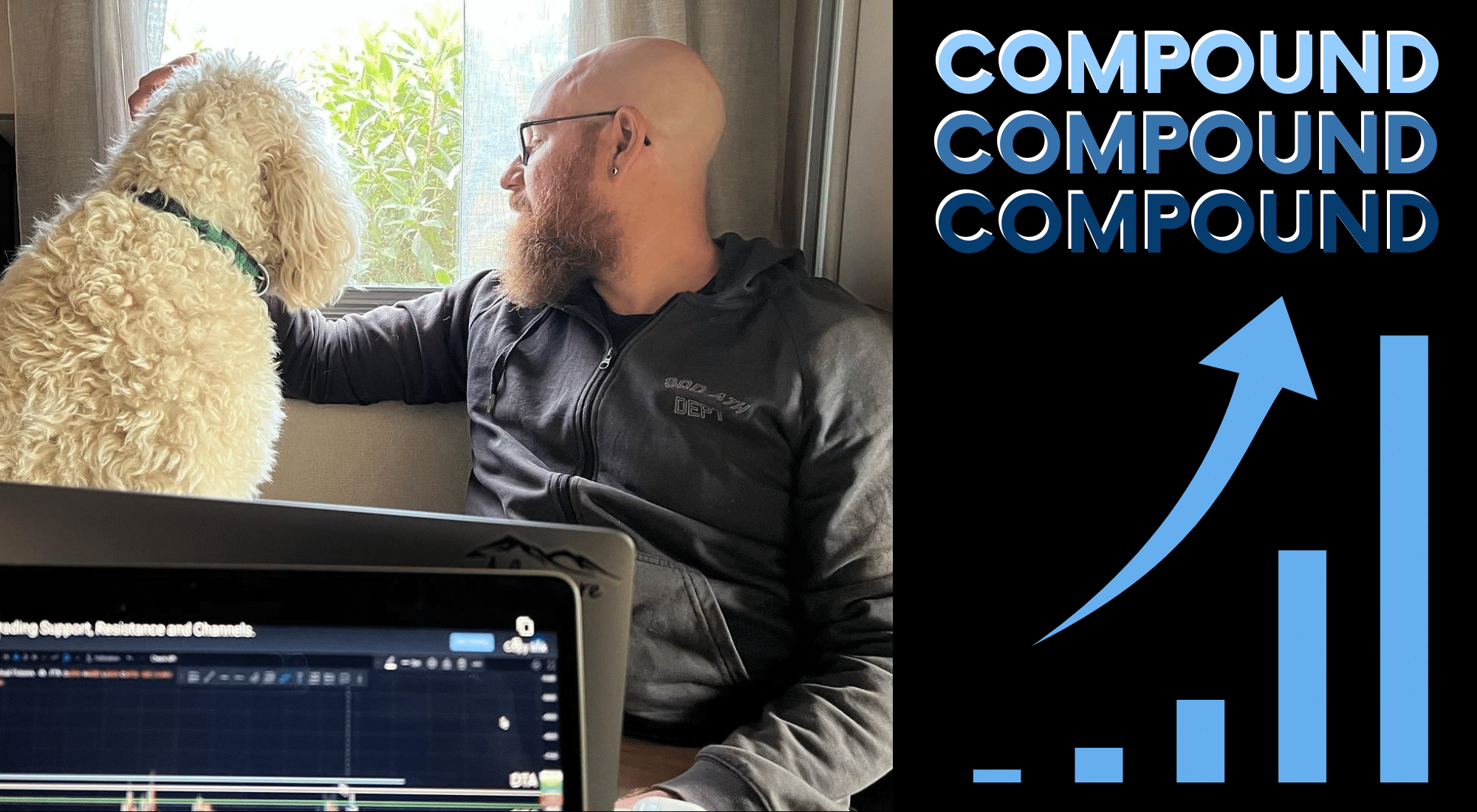
BTC ETF Approval – Insights for VEMA Traders
The prospects for crypto traders and enthusiasts in 2024 appear promising, as the SEC is on the verge of making a crucial decision regarding the eagerly awaited BTC ETF application. This decision could significantly impact the crypto landscape, making it an exciting year for those involved in the industry.
Among the list of the SEC’s impending decisions, there are 14 asset managers striving for spot Bitcoin ETF approval, which has the potential to reshape cryptocurrency investments and the industry.
The decision could be made as early as today, which would no doubt start 2024 with a bang for the industry. A BTC ETF represents a potential landmark in establishing the legitimacy of cryptocurrencies within traditional financial (TradFi) systems.
Analysts are of the opinion that the approval of spot BTC ETFs would pave the way for substantial institutional investments in the cryptocurrency market. A BTC ETF will reinforce the assets’ standing as a credible store of value.
“Markets will either love it, or have a sell off,” Richard Morwood says, Founder of VEMA Trader. “Either way, you can trade long or short with VEMA, and be prepared.”
In this guide, we break down the fundamentals of Risk Management and Position Sizing. Use this manual to get the most out of your trading experience with VEMA Trader, no matter which way the BTC ETF decision goes and how the markets respond.
It’s important to be prepared for any scenario, and with VEMA Trader, Australia’s leading crypto trading platform, you can be.
Risk Management
- Defining Risk Management: First, you must be able to define Risk Management. This relates to how much of your capital you are willing to risk on each trade. A common recommendation is to risk only 1% of your total trading capital on a single trade. This means if you have $10,000 and your Stop-Loss was to be hit, you realistically should only risk $100 per trade. VEMA Trader takes care of the calculation of this process for you and auto-calculates position size for your risk management, ensuring you stick to your trading rules.
- Importance of a Stop-Loss: Never get into a trade unless you know where you are getting out. The purpose of a stop-loss order is to limit potential losses by closing a position when the asset’s price falls to a specified point. This includes the point you will take profit, or the point you will get out and accept a loss. A Stop-Loss is an important tool to use in trading, especially if markets are volatile or you’re anticipating a large market event. A Stop-Loss is crucial because it helps you stick to your 1% risk limit.
- Stop-Loss placement: Your Stop-Loss can go wherever you would like it to go. Generally your Technical Analysis will identify the direction, plus VEMA journals every trade for you, helping you find the keys to your trading success.
- Focus on Risk:Reward Ratio: The paramount aspect to concentrate on revolves around the Risk:Reward ratio in each trade. For instance, with a 3:1 ratio, you’re prepared to jeopardise 1% of your account in the event of a Stop-Loss hit, anticipating a potential 3% account gain upon reaching your take profit target. This translates to a strategy where you aim to generate three dollars in profit for every dollar at risk, ensuring that the potential reward substantiates the undertaken risk. In essence, it advocates the principle of minimising losses and maximising gains.
Position Sizing
Delving into the concept of Position Sizing is essential for refining your trading strategy. It involves determining the size of each trade based on the placement of your Stop-Loss. When you opt for a tighter Stop-Loss, it prompts a larger Position Size, reflecting your willingness to tolerate a narrower price movement.
Conversely, choosing a looser Stop-Loss results in a smaller Position Size, indicates a more conservative approach that allows for a broader price fluctuation. This dynamic relationship between Stop-Loss placement and Position Size plays a pivotal role in tailoring your trades to your risk tolerance and market conditions.
At its core, Risk Management involves establishing a threshold for acceptable losses, with Position Sizing serving as the mechanism for aligning your trade size within this predefined limit.
The primary objective of Risk Management is safeguarding your capital, emphasising the recommendation of trading (or risk of) 1% of your total trading capital. This percentage delineates a prudent boundary to shield your trading account from substantial losses.
In the realm of Risk-Reward dynamics, the strategy entails embracing the potential for modest losses in order to secure significant gains. This principle underscores the calculated balance between risk and reward in the pursuit of profitable outcomes.
Position Sizing functions as the linchpin connecting Risk Management and trade execution. It elucidates how your Stop-Loss setting orchestrates the account Risk percentage, providing a tangible link between protective measures and the tactical allocation of your trading resources. Integrating Position Sizing ensures a coherent approach to risk mitigation while optimising opportunities for financial growth.
The SEC BTC ETF decision is approaching fast, making this an opportune time for traders to assess Risk Management and Position Size, and make preparations. Moreover, a New Year has begun. We encourage our users to take some time this week to review your year-end journals and trades from 2023. Use this year-end review to make an informed plan for 2024 based on your personal trading goals.
If you’re someone who has been sitting on the fence about starting with VEMA Trader, there’s never been a better time. Elevate your trading journey with VEMA Trader, your go-to crypto trading platform and discover trading on auto-pilot for unparalleled convenience and advanced charting capabilities.




